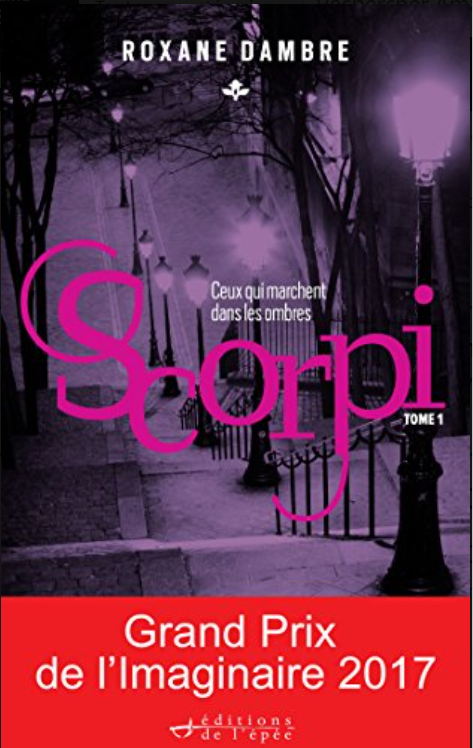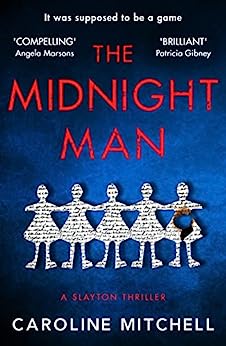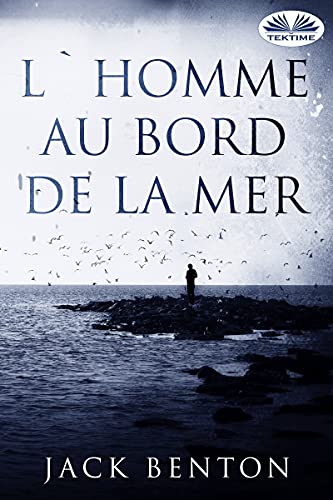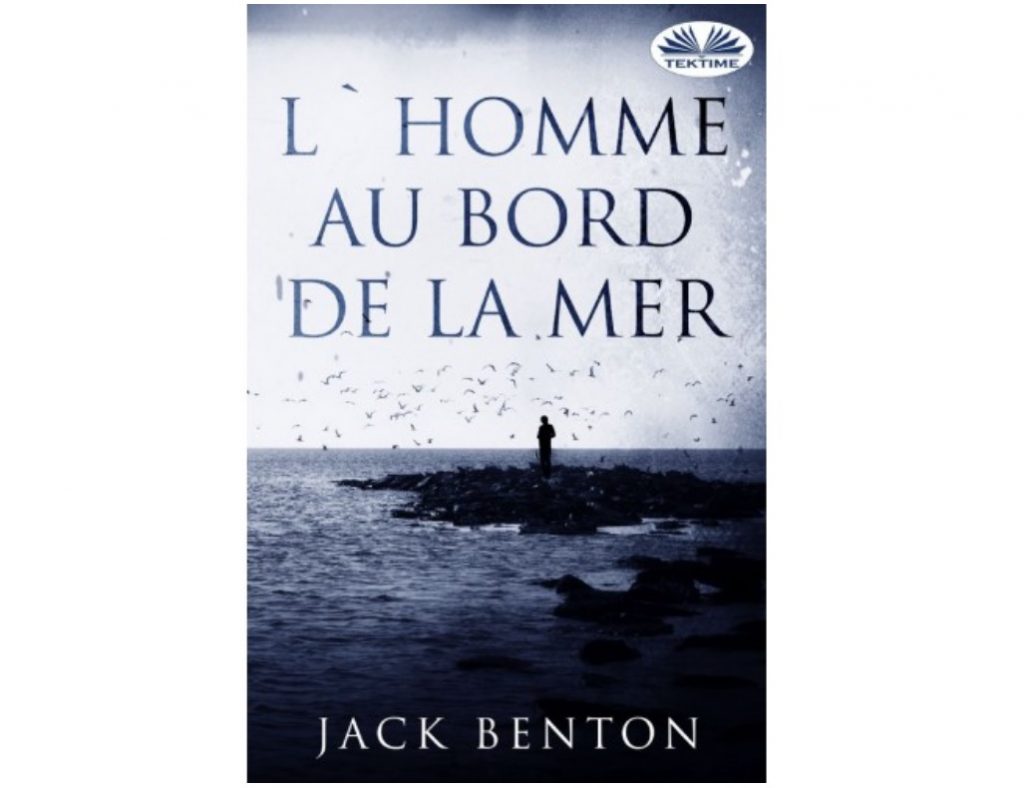Genre
Fantasy
Résumé du livre
Finaliste du vote pour le Livre favori des Français de France Tv
Une série doublement couronnée : Grand Prix de l’Imaginaire 2017, Plume d’or de l’Imaginaire 2017.
Sous un orage estival typiquement parisien, Charlotte, 23 ans, trouve un jeune garçon mouillé devant son immeuble. Avec sa gentillesse habituelle, elle l’héberge dans son appartement. L’enfant, énigmatique et peu loquace, révèle des récits incroyables : ses proches, les Scorpi, possèdent d’étranges pouvoirs et sont impliqués dans des activités criminelles. Élias, prétendant être en apprentissage chez les Scorpi, ne cesse de lancer la phrase troublante : “Tu veux que je le tue ?”
D’abord sceptique, Charlotte se laisse entraîner dans un tourbillon irréel. Un jour, elle se retrouve face à une version âgée de 25 ans d’Élias, un homme aux yeux bleus envoûtants qui semble venir d’un autre monde. Adam, le mystérieux frère, fait son entrée dans sa vie, plongeant celle-ci dans une aventure tumultueuse.
Tandis qu’elle est traquée par des inconnus et surveillée par la police, Charlotte jongle avec les excentricités de ses “invités”. Parviendra-t-elle à dompter le chaos tantôt enivrant, tantôt terrifiant que son destin est devenu depuis sa rencontre avec les Scorpi ?
Préparez-vous à suivre ces êtres énigmatiques qui évoluent dans les recoins obscurs de l’existence. Une histoire captivante qui vous fera frissonner et rêver à l’unisson.

L’auteure: Roxane Dambre
Roxane Dambre, née en 1987, écrit depuis toujours. Si elle exerce un métier scientifique (ingénieur en procédés industriels), elle consacre tout son temps libre à l’écriture. Sa première série, ANIMAE, a été traduite aux États-Unis et a reçu le Prix des lecteurs 2015 de la librairie L’Antre-Monde, et la Plume d’Or 2015, catégorie Nouvelle Plume.
Notre avis
Dans ma quête de diversification de mes lectures, je me suis laissée tenter par « Scorpi » de Roxane Dambre, lauréate du Prix de l’Imaginaire en 2017 et acclamée par le public. Le début s’est avéré intrigant : l’héroïne, Charlotte, une jeune comptable préoccupée par sa situation professionnelle, ouvre le récit dans la normalité de son quotidien pour glisser peu à peu dans l’univers fantastique et dévoiler « ceux qui marchent dans les ombres ». Ce démarrage est bien orchestré, même si certaines situations insolites trouvent leur résolution un peu trop rapidement à mon gout. L’écriture simple et fluide, quoiqu’un tantinet scolaire, donne à la lecture une certaine monotonie.
Puis très vite, le personnage principal devient incohérent et les événements s’enchaînent sans surprises. Je m’abstiendrai de mentionner les inconsistances flagrantes afin d’éviter tout spoiler. À mon sens, cet ouvrage est destiné à un lectorat jeune, adolescents et jeunes adultes, peut-être moins exigeant en matière de littérature et aux adeptes convaincus de la fantasy.
Malheureusement, je ne compte pas achever cette lecture et ne poursuivrai pas la série. Cette tentative de (re)découvrir le monde de la fantasy se solde par un échec, comme souvent, ce genre n’étant pas mon choix de prédilection.












